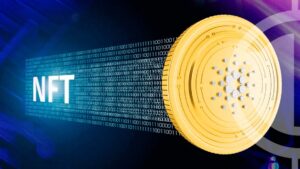
Ripple’s development team recently announced proposed changes aimed at refining the functionality of the newly introduced Automated Market Maker (AMM) on the XRP Ledger (XRPL). The proposed adjustments focus on a technical issue identified during extended integration testing, which could hinder the execution of multiple AMM transactions within the same ledger if the trading fee is set below 0.01%.
This situation necessitated a solution to ensure uninterrupted transaction flow, particularly in scenarios where specific default fields of AMM inner objects are accessed. To address this, developers have suggested enhancements that allow for the correct identification of default fields by inner objects, ensuring the AMM’s optimal performance even in edge cases.
The need for these changes stems from the discovery that certain AMM transactions could be delayed by one ledger cycle (3-5 seconds) due to the way trading fees were handled. Specifically, the issue affected transactions following an AMM creation event when the trading fee was less than 0.01%. The proposed fix, by clarifying how inner objects identify default fields, aims to eliminate these delays, facilitating smoother and more efficient transactions across the board.
This development follows the successful passage of the XLS-30D amendment, which marked a significant milestone by introducing the AMM feature to the XRPL. The amendment’s approval required securing an 80% consensus among the decentralized Unique Node List (dUNL) validators, a process that highlighted the ledger’s stringent governance model. The proposal garnered substantial support, with 30 out of 35 validators backing the amendment, underscoring strong community and industry endorsement for the AMM’s potential.
The journey to the amendment’s approval was meticulous, demonstrating the XRPL’s commitment to thorough vetting and consensus-building. Prominent validators, including industry giants like Ripple, Bithomp, and Alloy Networks, played a key role in reaching the consensus milestone, further reflecting widespread belief in the benefits of integrating the AMM into the XRPL.
Scheduled for deployment on February 14, the XLS-30D amendment’s implementation is eagerly anticipated by the XRP community. This enhancement is expected to provide XRP holders with opportunities to participate as liquidity providers, enabling them to earn passive income through the AMM.














